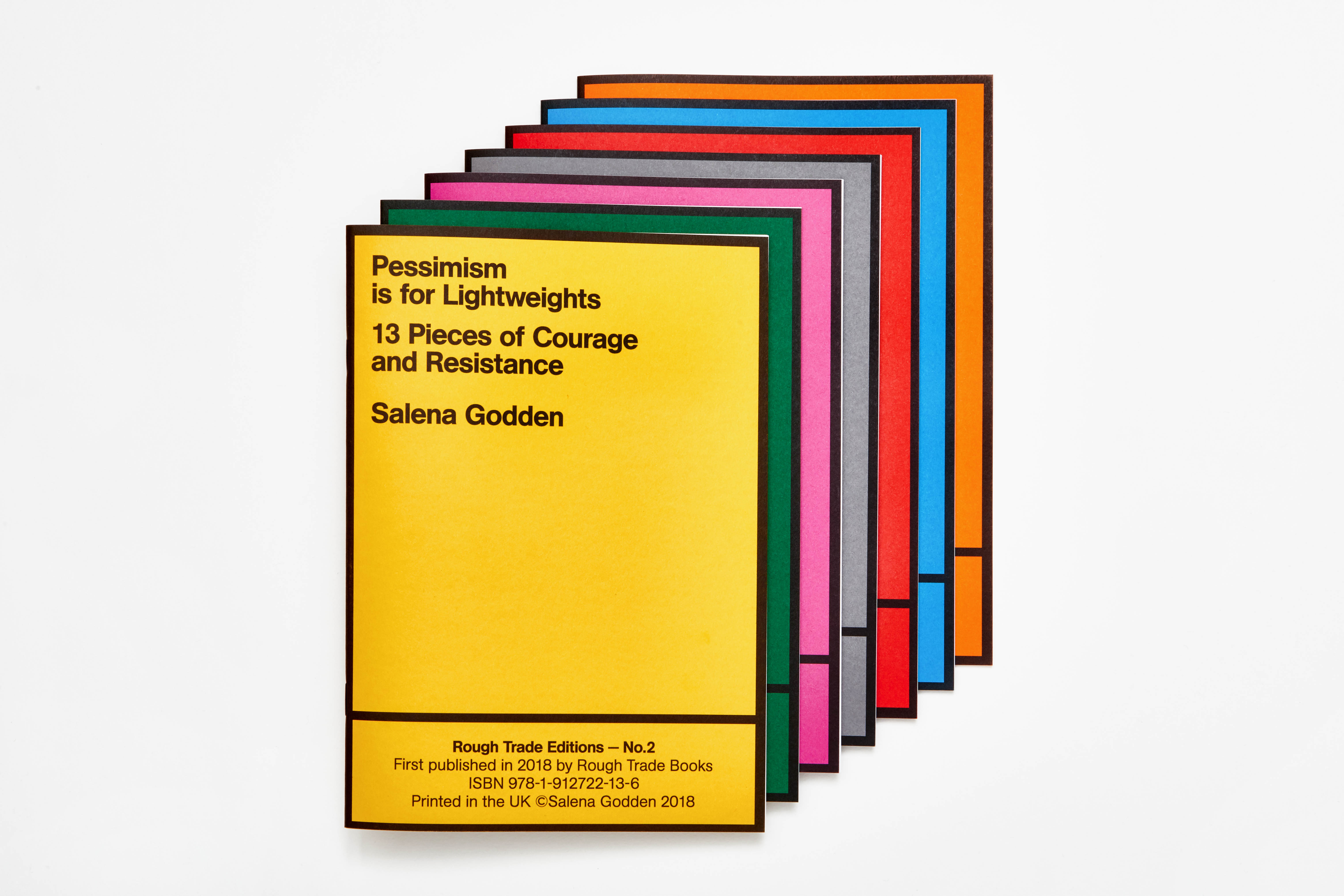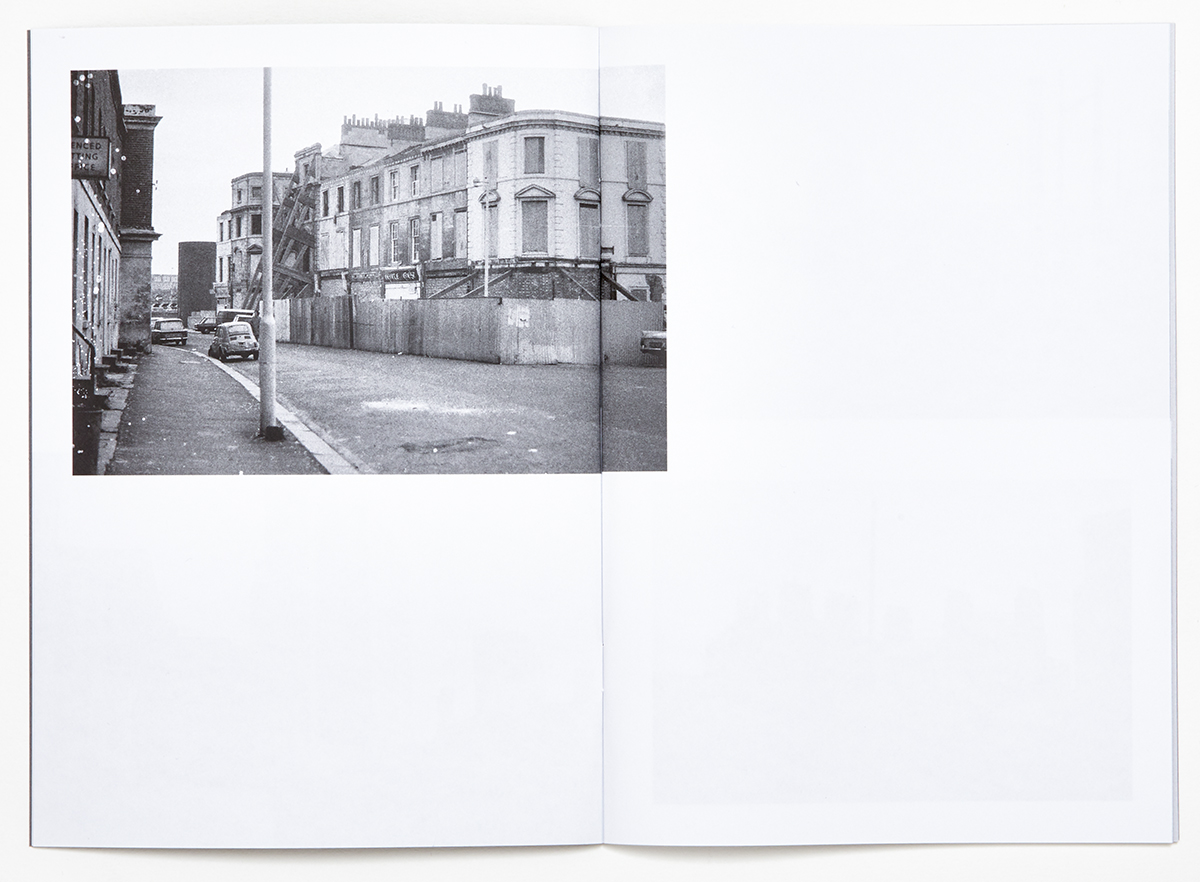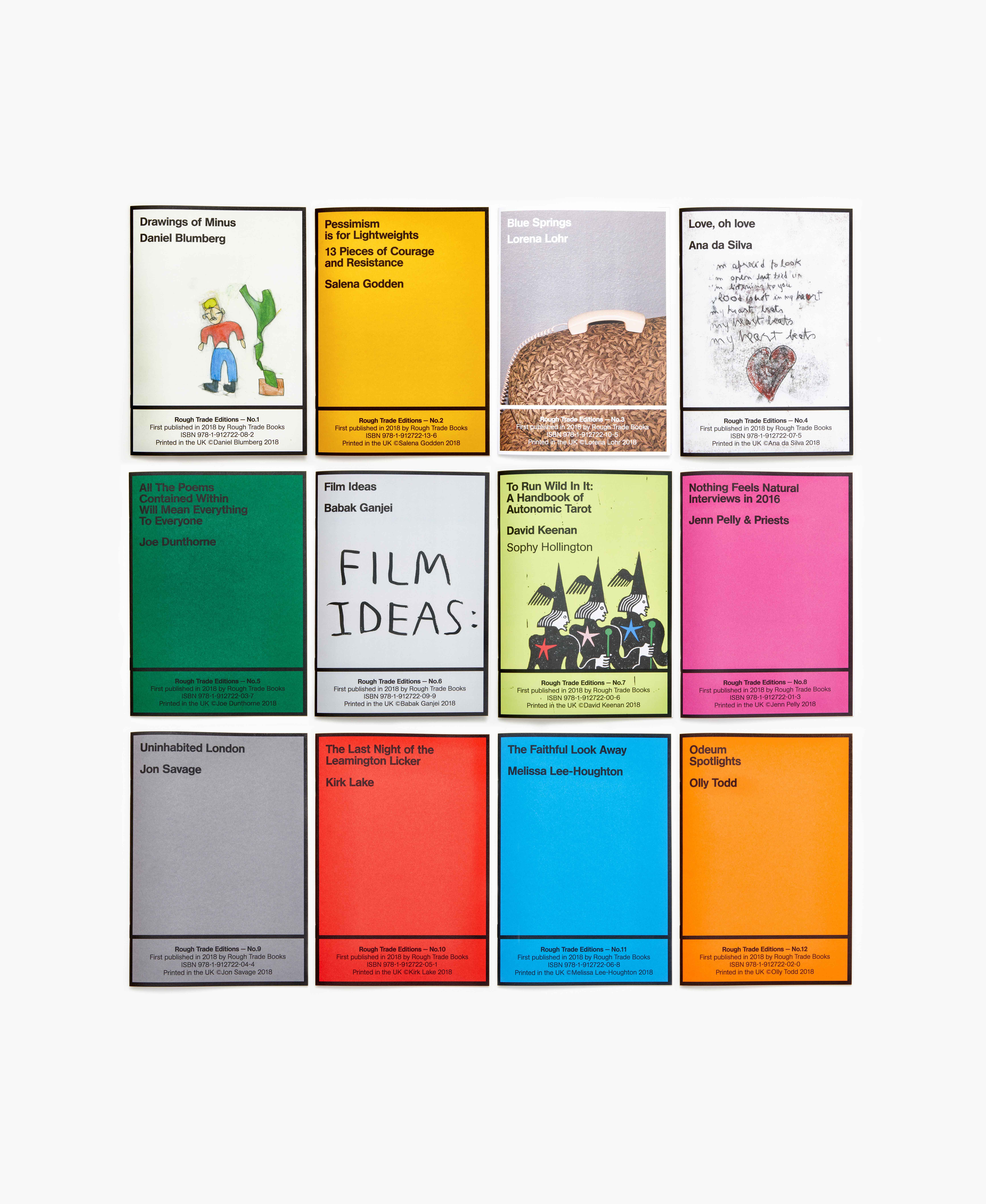 When I was a teenager growing up in North-West London, I used to make the trip to Rough Trade, just off Portobello Road, most Saturdays. This was the original record store, opened in 1976 two years before the now-iconic label (representing such names as Stiff Little Fingers and Jarvis Cocker), and its history was palpable in the torn band posters that covered every inch of the walls and ceiling, with personal scribbles, autographs and musings layered like a punk palimpsest from over the years. It was a place of discovery, where the surly guys behind the counter would soften over time and casually offer recommendations for records that I still treasure today. Rough Trade has continued to grow its physical presence since, opening a behemoth of a store just off Brick Lane and an outpost in New York, even as the tide moves towards online sales.
When I was a teenager growing up in North-West London, I used to make the trip to Rough Trade, just off Portobello Road, most Saturdays. This was the original record store, opened in 1976 two years before the now-iconic label (representing such names as Stiff Little Fingers and Jarvis Cocker), and its history was palpable in the torn band posters that covered every inch of the walls and ceiling, with personal scribbles, autographs and musings layered like a punk palimpsest from over the years. It was a place of discovery, where the surly guys behind the counter would soften over time and casually offer recommendations for records that I still treasure today. Rough Trade has continued to grow its physical presence since, opening a behemoth of a store just off Brick Lane and an outpost in New York, even as the tide moves towards online sales.
The launch of the new publishing venture Rough Trade Books this June also goes against the grain, resisting the draw of online and instead opting for a firmly physical imprint. Twelve pamphlets open the series, bringing together a wide range of writers, poets, illustrators, photographers and other artists and musicians to capture the original DIY ethos of the shop. The series is put together by Nina Hervé, a curator who has worked with Rough Trade for a decade doing, in her own words, “a little bit of everything”.
“Rough Trade Books goes against the grain, resisting the draw of online and instead opting for a firmly physical imprint”

Bigger names like prolific music journalist Jon Savage and novelist Joe Dunthorne (whose 2008 debut Submarine was made into a film by Richard Ayoade) feature, while younger artists such as Daniel Blumberg and Babak Ganjei are given equal weight. “It’s important to have a mix because people will buy the set. The bigger names attract people, but then they discover someone new because of it,” Hervé explains.
They have a strong visual identity as a series, each book with its own distinctive colour and graphic black outline. Designed by Craig Oldham, their strength is in their simplicity, allowing their contents to do the talking. Everything is presented on the front cover, from the place of printing right down to the ISBN. “It kind of goes against everything that the publishing world does,” Hervé notes. “We wanted it to be in your face a bit, but in a nice way. As a set the series looks strong, it looks confident.”

The pamphlets bear more than a passing resemblance to classic smokers adverts and graphic design, which I discover is entirely deliberate. “On the back there’s a health warning, at the bottom some of them say ‘Readers live longer’, ‘Reading seriously enlightens you and those around you’, or, naturally, ‘Reading thrills’. It’s a bit of a spin off on cigarette packets, but with positive warnings rather than negative. It was a way of having fun with the design. There’s too much doom and gloom in the world.”
It’s unusual to find a series that is so broad in its remit, moving freely from paintings to short stories to photography. Flicking through any chosen book at random, you would be as likely to encounter a sombre, bittersweet tale of the boxer who briefly became World Middleweight Champion in 1951 before fading into obscurity (by Kirk Lake), as you would a series of evocative photographs documenting the hidden motels and desert landscapes of the American Southwest (by Lorena Lohr). “That variety is reflective of how people buy records; they buy it for the music, of course, but they also buy it for the album artwork and the covers,” Hervé says.

“Algorithms grow continuously smarter at tracking our digital footprint. It’s increasingly difficult to discover something genuinely unfamiliar”
There are unexpected encounters to be had even when picking up a pamphlet by a familiar name. I open Jon Savage’s Uninhabited London, fully expecting a written piece from the author behind titles such as England’s Dreaming: Sex Pistols and Punk Rock, and instead find myself exploring a series of black and white photographs taken by him in the 1970s. They show the derelict streets around North Kensington in West London, located just a stone’s through from the original Rough Trade shop. Ana da Silva, founding member of legendary all-female post-punk group The Raincoats, presents a collection of drawings and written poetry in Love, Oh Love, scrawled and impassioned in a visual reflection of the scratchy guitar sounds of her influential musical direction. Meanwhile, Olly Todd is a pro skateboarder who showcases some of his poetry in one of the pamphlets.

The printed format of Rough Trade Books chimes with the resurgence of records and vinyl in recent years, offering a physicality that is often missing in our ever-more digitally infused lives. More recently, the so-called echo chamber of our online engagement with likeminded friends and acquaintances has also been flagged, while algorithms grow continuously smarter at tracking our digital footprint and offering up recommendations in line with our previous purchases. It’s increasingly difficult to discover something genuinely unfamiliar, and this is a series that seeks to uphold those serendipitous connections that we are at risk of losing touch with.
Rough Trade Books champions new discovery, putting out small-scale publications until the artists and the publishing imprint itself are ready to grow from its limited-edition print run. It’s really quite like the longstanding ethos of Rough Trade Records, Hervé concludes. “There is a bit of underdog in there, not all of these artists are well-known but they carry each other and have conversations with each other. I like to think that the pamphlets are like the singles, and then we’ll have the albums in the future. It all starts with the singles club.”




